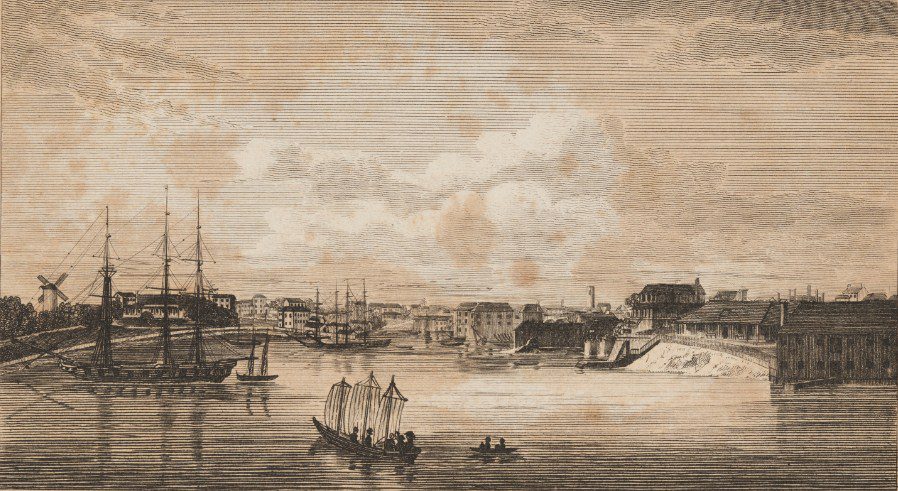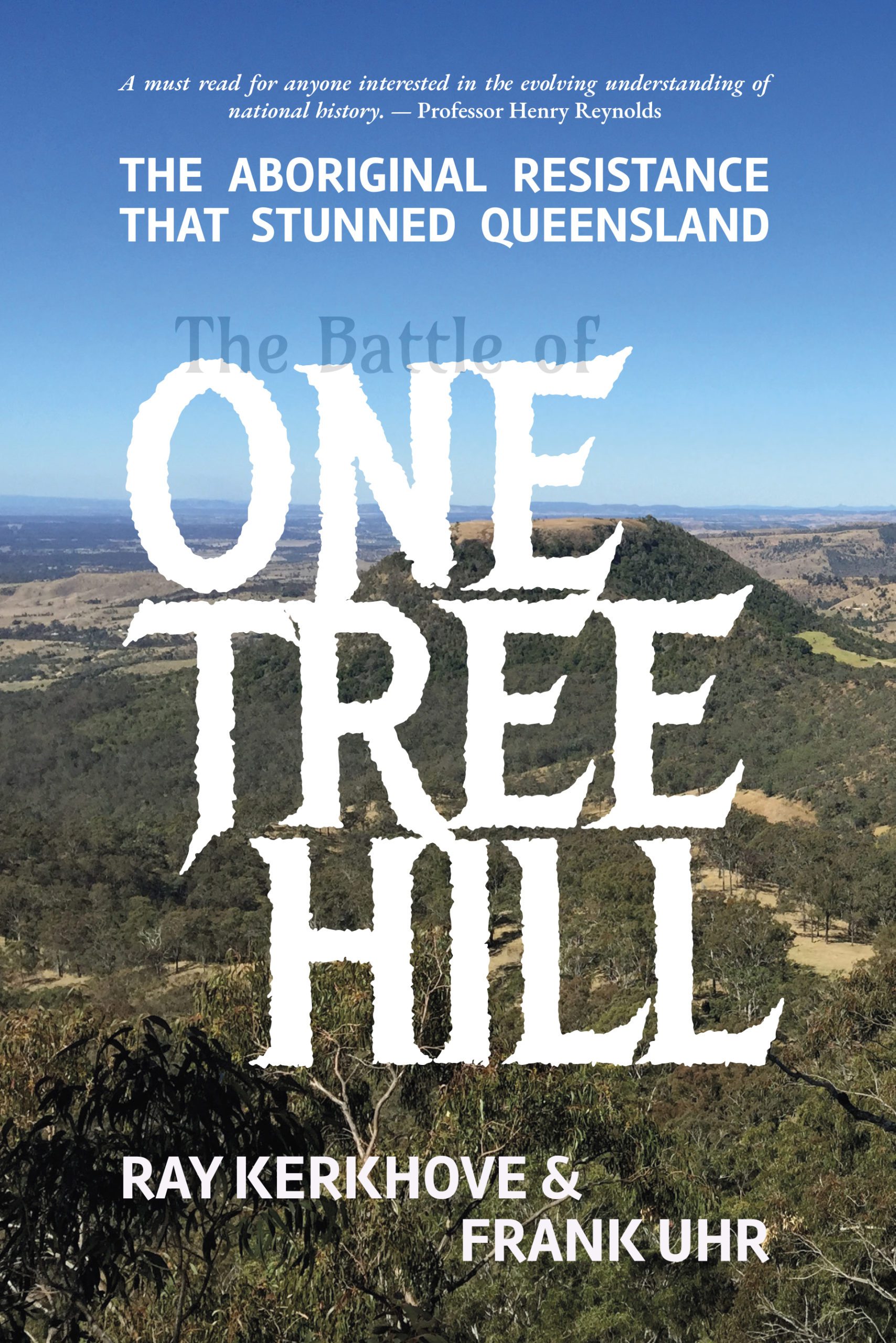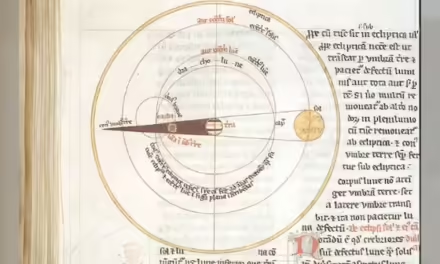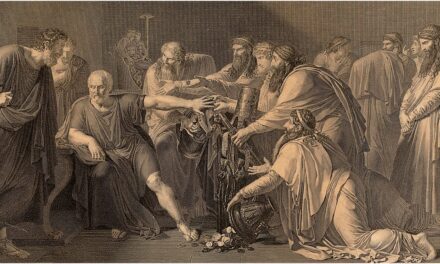Reading time: 7 minutes
The emotive styles captured both the physical destruction of war to humanity and the environment and its lasting emotional toll.
By Madison Moulton
World War I, the first truly global conflict, impacted every facet of society and culture, including the art sphere. New forms of weaponry, casualties on an unbelievable scale, and changing political structures drastically reshaped the world and formed a new cultural landscape.
Artists who experienced firsthand or observed the change (in the case of commissioned war artists) channelled their grief into a range of evocative artworks that remain recognized and appreciated to this day.
Firmly in the modern art period, experimentation in expression at this time was prominent, producing dramatic artworks that in some ways challenged the conventions of previous schools (although not always). The emotive styles captured both the physical destruction of war to humanity and the environment and its lasting emotional toll. These six artworks depict the horrors of WWI in haunting detail.
Gassed by John Singer Sargent (1919)
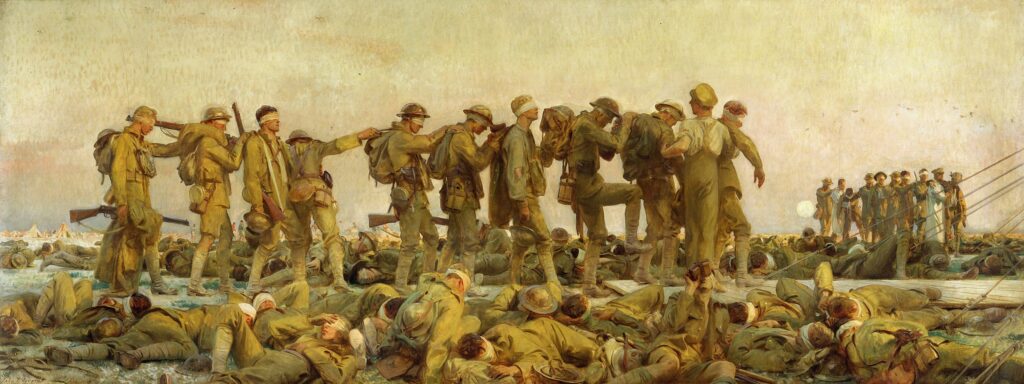
Painted shortly after the war, Gassed is one of the most well-known artistic records of the conflict. One of several artists commissioned by the British War Memorials Committee, American painter John Singer Sargent travelled to the Western Front to witness the realities of warfare in Arras, France and Ypres, Belgium. In this monumental canvas, he portrays a line of wounded soldiers with eyes bandaged and hands on one another’s shoulders, blinded by gas and cautiously stepping forward above piles of bodies.
Sargent’s work is striking for its subject but also for its sheer scale: the painting itself is around 6.1m by 2.3m, with the figures almost life-sized. The arrangement of the figures and the colors used conveys the devastation of chemical weapons, one of the major characteristics of the First World War. It was voted picture of the year by the Royal Academy of Arts in the same year and remains one of the most prominent works depicting the war.
The Menin Road by Paul Nash (1919)
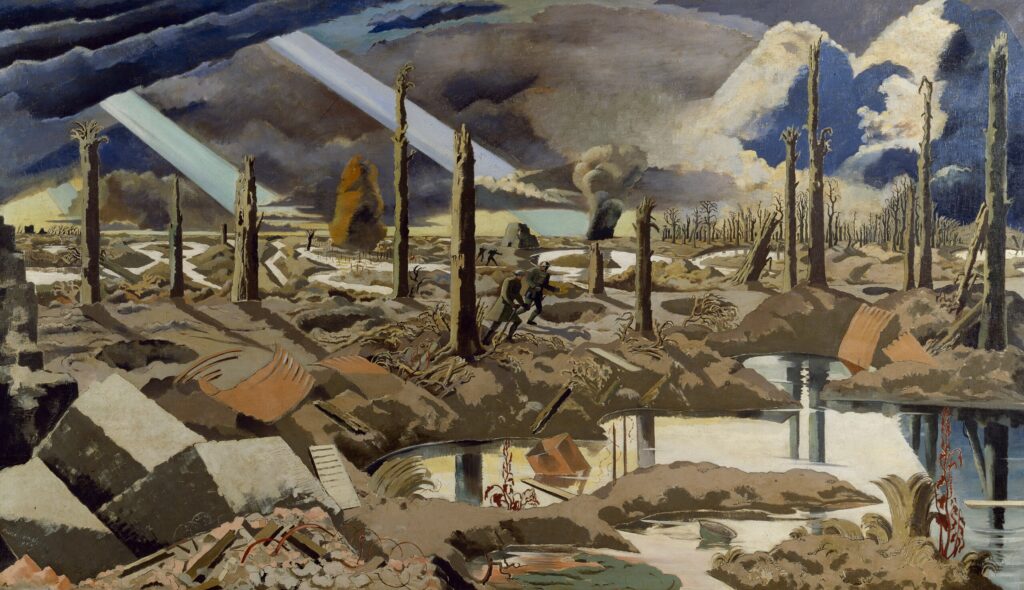
British artist Paul Nash was also commissioned by the British War Memorials Committee along with Sargent and his brother John Nash. Although known as an official war artist, Nash was a soldier himself too, part of the Hampshire Regiment sent to the Western Front in 1917. In The Menin Road, he depicts a gloomy war landscape covered in smoke. The foreground highlights flooded trenches and stray remnants of machinery, framing a few soldiers navigating their way through destroyed trees.
An iconic image of the Great War, the neutral colors and block-like forms characteristic of the period convey a sense of loss and destruction. While there are human figures, they are neither detailed nor the focus of the painting. Instead, the ruined environment becomes the subject, conveying the wider impacts of battle. Like Gassed, part of the impact of this painting is its size, measuring 3.1m long and 1.8m wide.
The Doctor by CRW Nevinson (1916)

C.R.W. Nevinson’s The Doctor offers a slightly different perspective, focusing on individual figures. That’s not to say he didn’t cover broader scenes, like in The Harvest of Battle (1918) and Paths of Glory (1917), but this piece deserves mention for highlighting the experiences of the wounded and the medics who helped them during the war.
Nevinson spent nine weeks in 1914 working at Dunkirk in a goods yard that housed thousands of wounded troops. He used this experience to create The Doctor, depicting medics treating anguished wounded soldiers. Next to the figure in the foreground, a body lies covered in bandages, while another doctor treats a soldier in the background. The painting provides a closer look into the real experiences of medical teams during the war.
The Funeral (Dedicated to Oskar Panizza) by George Grosz (1917-1918)
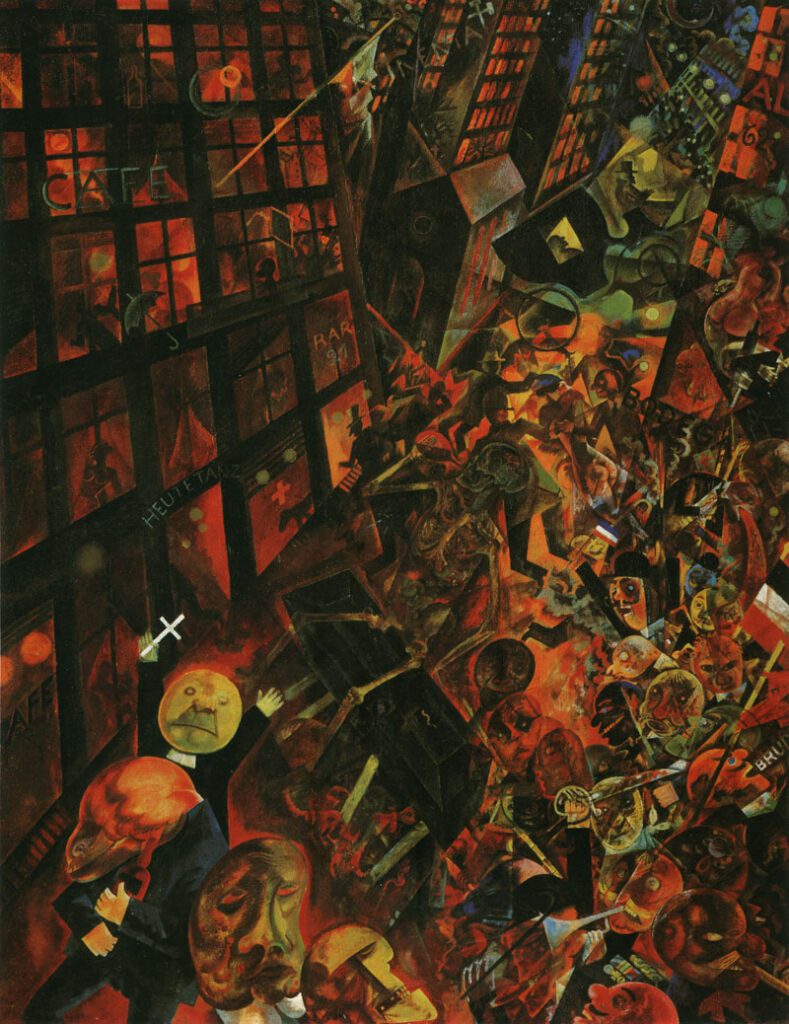
The previous works have all depicted the war directly. The Funeral does not, but does capture the dark mood of the period, shaped by societal awareness of the horrors of war. George Grosz’s work displays elements of his feelings toward war, corruption, and what he saw as the moral decay of German society during and after World War I. It is reminiscent of medieval hellscapes, featuring icons of death and mobs of crazed people.
The many figures in the scene blend together with twisted faces, surrounding a skeleton (representing the Grim Reaper) sitting on a coffin. Buildings lean and create a claustrophobic atmosphere full of chaotic energy. While thematically it might differ from other war paintings (as it doesn’t depict the front lines), it shows that the terrors and impact of WWI were not limited to the battlefield.
The Mothers (Die Mütter) by Käthe Kollwitz (1921-1922)
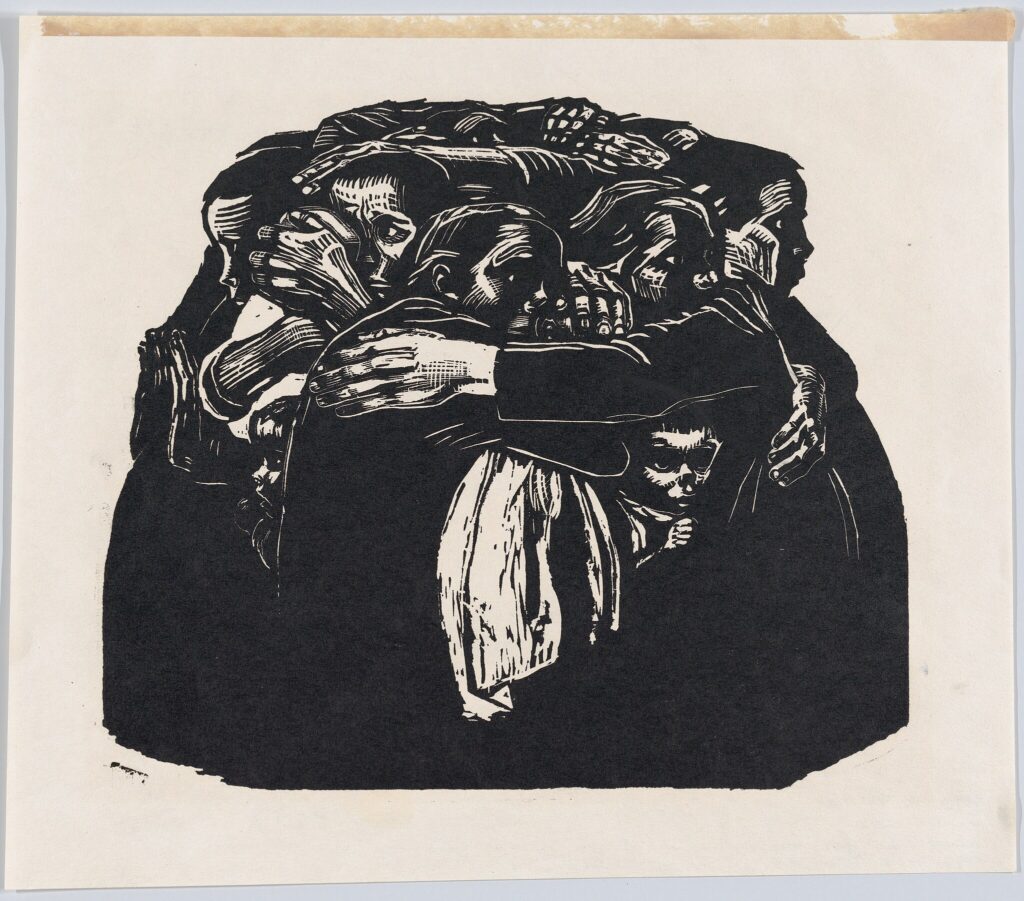
Käthe Kollwitz never directly fought in the war, but she lost her son Peter in its early months. That loss and her broader anti-war convictions shaped much of her work. The Mothers (Die Mütter) is part of a series of woodcuts titled War, where Kollwitz depicted the suffering of women, children, and civilians during conflict, again showing another side of the impacts of war beyond the Frontlines.
In this print, a group of women huddle together in mourning. Their faces depict anguish and sadness, highlighting the plights of those left behind. The strong composition of the woodcut medium heightens the emotional impact. Other woodcuts in the series depict widows, parents, and volunteers during the conflict. Discussing the series, Kollwitz wrote, “[It] is my confrontation with that part of my life, from 1914 to 1918, and these four years were difficult to reckon with.”
The War (Der Krieg) by Otto Dix (1929–1932)
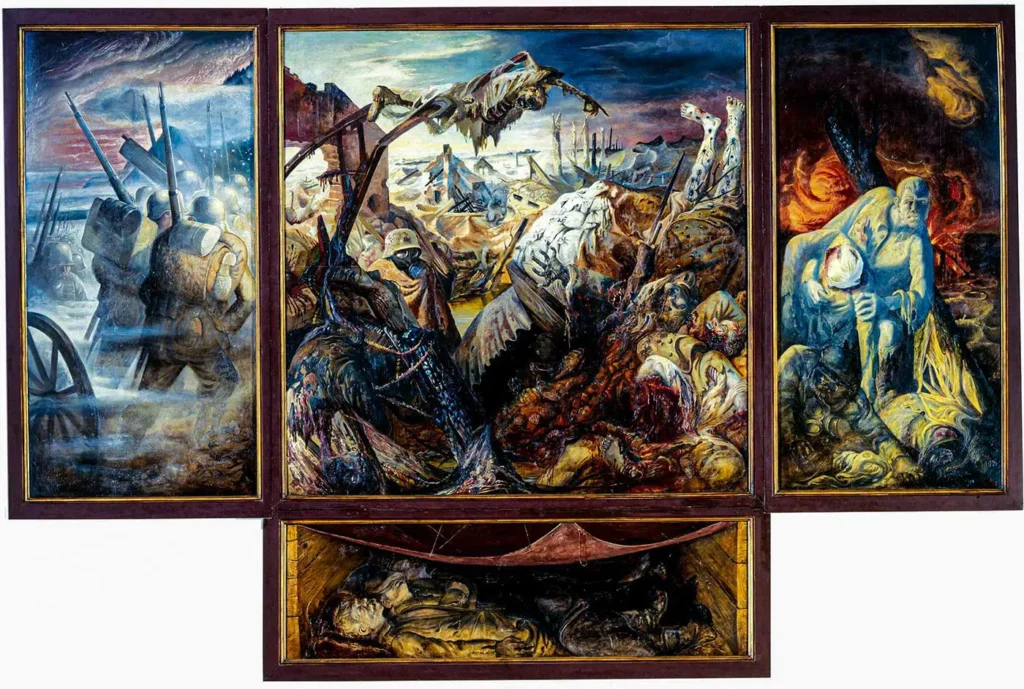
A former machine-gunner in the German Army on the Eastern and Western Fronts, Otto Dix brought firsthand experience of the war’s violence to his art. The War (Der Krieg) is a polyptych painted over a decade later, similar in construction to religious triptychs of the Renaissance.
The central panel shows soldiers in gas masks trudging through an almost apocalyptic gassed landscape surrounded by remnants of war. To the left, a battalion readies for battle marching away, and to the right, a grey figure (a self-portrait of Dix) carries wounded soldiers toward the viewer. Below them, in the predella (the panel beneath the main section), dying or dead soldiers lie beneath the landscape, almost as if in a tomb. The pieces took three years to complete, with many details that depict all the horrors and complexities of war Dix experienced himself.
Articles you may also like
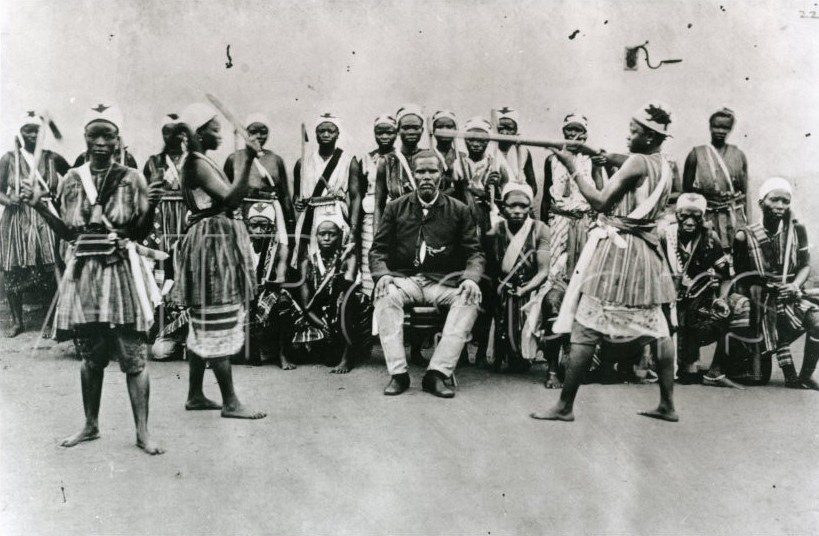
The Woman King is more than an action movie – it shines a light on the women warriors of Benin
Reading time: 6 minutes
The Woman King is a big-budget Hollywood movie that has been anticipated since 2018, when US star Viola Davis was announced as the lead in the story of the “amazons” of Dahomey. Rising South African star Thuso Mbedu also takes a key role in the film, which has premiered at the Toronto International Film Festival and is heading to cinemas worldwide.
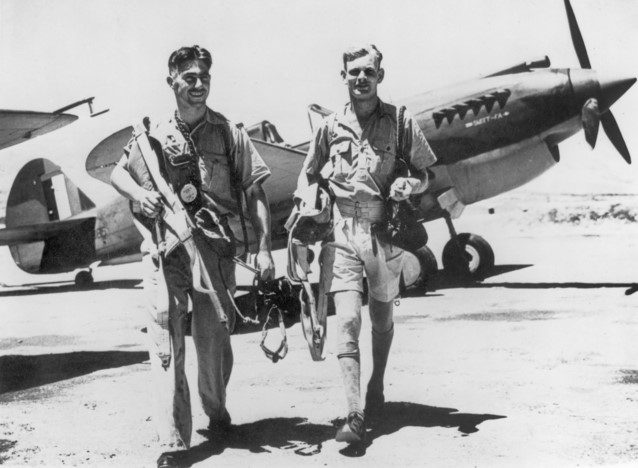
History Guild Australia during WW2 Quiz
History Guild Australia during WW2 QuizSee how your Australian World War 2 history knowledge stacks up! Special Thanks to our Guest Quiz Author, Luke Sypkes. Want to know more about any of the questions? Once you’ve finished the quiz click here to learn more. Have an idea for a question? Suggest it here and we’ll […]
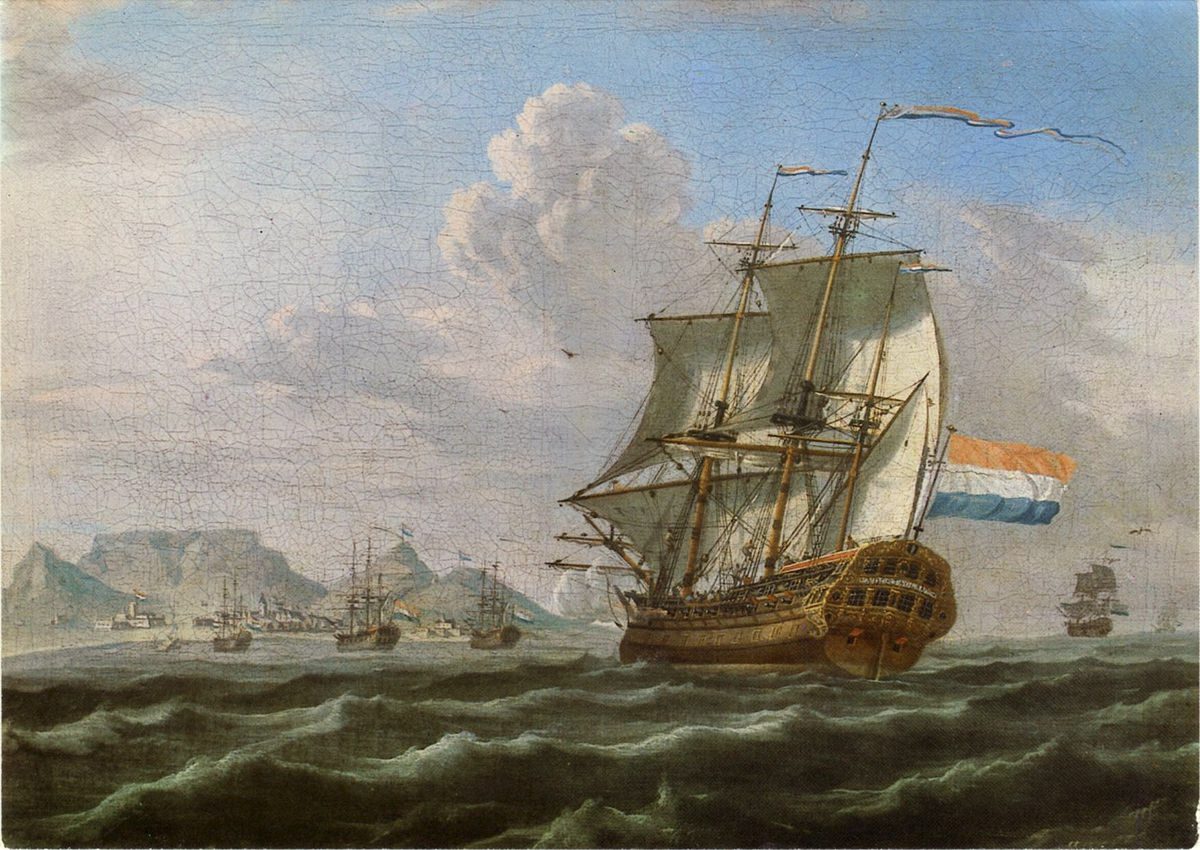
THE IMPACTS OF CORPORATE GLOBALIZATION: HOW THE DUTCH EAST INDIA COMPANY CHANGED THE WORLD
THE IMPACTS OF CORPORATE GLOBALIZATION: HOW THE DUTCH EAST INDIA COMPANY CHANGED THE WORLD The ‘Age of Discovery’, a period of European overseas exploration from the 15th to 17th century and considered by some to be the beginnings of globalization, is synonymous with the expansion of global capitalism and the explosion of maritime trade. At the start […]
The text of this article was commissioned by History Guild as part of our work to improve historical literacy. If you would like to reproduce it please get in touch via this form.


